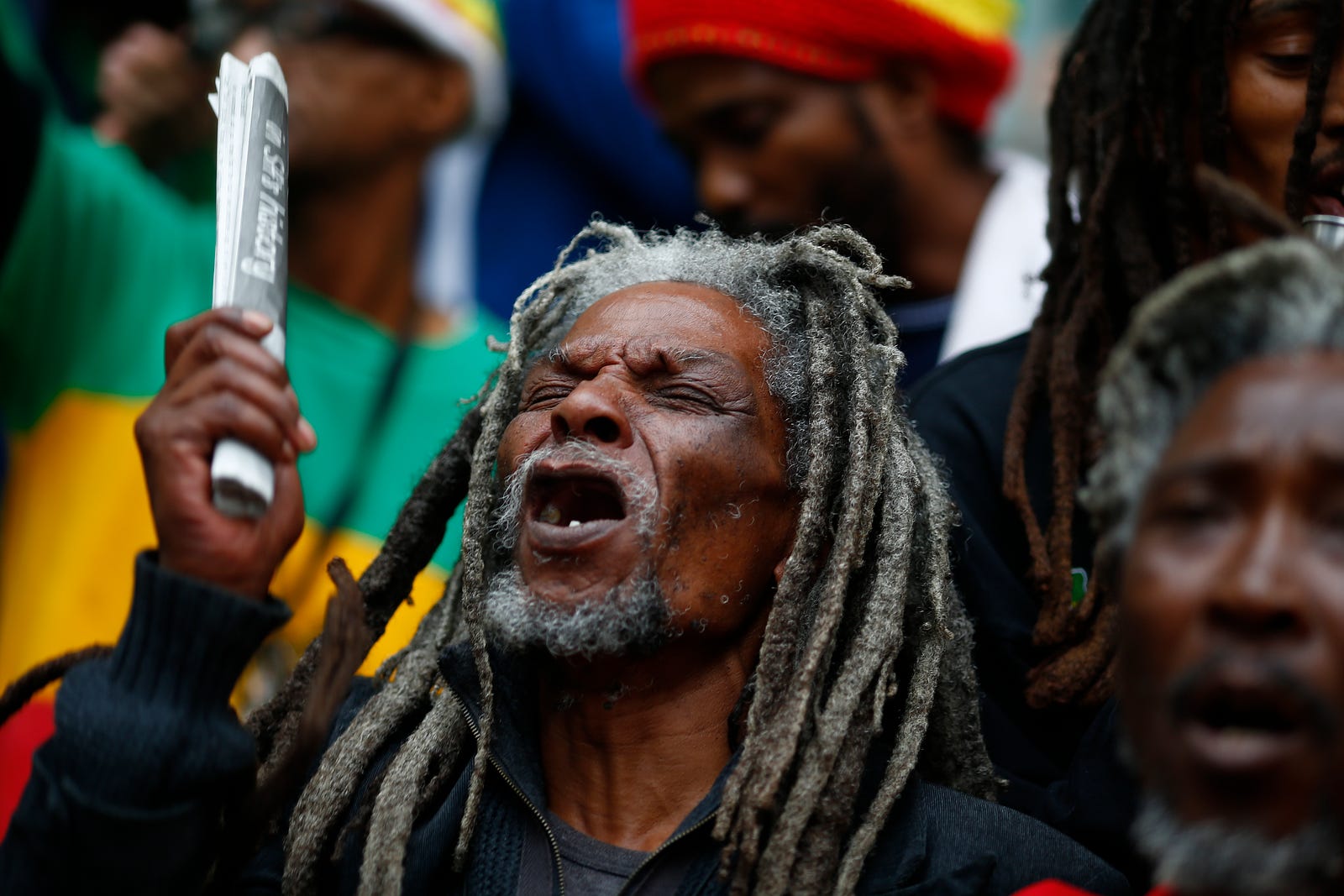Safiya Sinclair’s How to Say Babylon is a triumph in memoirs exploring themes of identity and how to make something of oneself under a tyrannical father. Sinclair’s ability to tease out the dark, uncomfortable moments of her life and serve her readers something to dissect and pick apart to their heart’s content is admirable. Laying out her life and memories is an intimate act. One of the ways she displays herself for her readers is literally, by splaying her body for inspection.

Safiya Sinclair
While memoirs and life narratives are composed through memories, the body itself holds memories too. This means the body also holds trauma. One’s body can be a marker of change or stagnation. This is why Sinclair employs embodiment to help tell her story. Julia Watson and Sidonie Smith describe embodiment as “a locus of identity and a register of the similarities and differences that inflect social identities” in their book Reading Autobiography Now (83). The changes of Sinclair’s body, both intentional and unintentional, reflect the resistance and oppression from her father’s influence. Smith and Watson contend that “the ability to recover memories, in fact, depends on the somatic body”, so the body is crucial in recalling and maintaining memories (84). The fact that “life narrative is a site of embodied knowledge” makes one of the best ways to embody that knowledge to be through the actual body (82)
The reason Sinclair’s body is such an important marker of identity is because of her father. Sinclair’s father is part of the Rastafarian ideology. Rastafari started as a political movement in Jamaica in the 1930’s. One of the biggest pillars of their beliefs is the ever-looming threat of Babylon. Sinclair describes Babylon as the “sinister and violent forces born of western ideology” that led to the “oppression of Black people, and the corruption of Black minds” (10). This manifests for her father to also mean the potential corruption of his daughter’s body leading to the strict policing and safeguarding from the influence of Babylon. Sinclair’s body is thus used as a conduit to mark her growing autonomy and distancing of her father’s power.

Rastaman
Her father is alarmingly concerned with the potential of his daughter becoming “unclean” (43). He forbids Sinclair and the other women in the family, his wife and daughters, from wearing pants because it is “a sign of ruin” (177). Sinclair and her mother defy these orders, and Sinclair feels “that beauty was possible again” (177). However, this newfound confidence is crushed under his scrutiny, and she is beaten by her father’s belt all the while being verbally attacked by him for her “attitude” (179). Sinclair reclaims this once lost confidence when she starts modeling to make money. She is proud of her body and its beauty because she finally has people praising her instead of shaming her for simply being a woman. She is building the armor needed to protect herself around her father. Instead of cowering under his vicious glare and “longing for his approval”, she looks beyond her father at what the world has to offer her (223).
But Sinclair’s patriarchal tyrant did not just watch over her body. Her hair was also subjected to strict scrutiny. Under Rastafari the hair is meant to be worn in dreadlocks to symbolize a connection with Africa and Jah, Rastafari’s God. Sinclair was subject to years of discrimination and judgement from outside forces because of her hair. Her dreadlocks weighed down on her along with the weight of her father’s expectations. For Sinclair’s father, his hair was a “crown” (79), but for her it was “his mark” (224). She writes “the road between my father and me was woven in my hair” showing that even when they are apart, her father looms over her just like the hair falling over her eyes (224). However, it was also a way for her to hide because, after all, “what was Medusa without her snakes?” (264). But once she was ready, Sinclair was determined to sever this road. She enlists the help of her mother and a friend to perform the act. As the “hair of [her] gone self” falls to the ground, she recalls the events and years her hair has been through (264). When all was said and done, she was “new again, unburdened” (264). The hair that held so much trauma was lying dead on the floor, unable to constrict her anymore.
It is an uncomfortable idea that one’s body could be controlled by another. It goes against our very core of human beings. Which is why Sinclair’s memoir is so powerful to read. The idea of being “ordinary and unselfed” afflicted Sinclair so much that she was determined to not fall in line with her father’s empire (2). She forces her readers to confront the painful reality of her childhood and adolescence ultimately leading to the woman she is today, not afraid to reclaim her physical presence in this world.
No comments yet.